AFP on January 3 quoted an update from Japanese government officials saying the death toll from the January 1 earthquake had risen to 62. More than 300 others were injured, including 20 seriously.
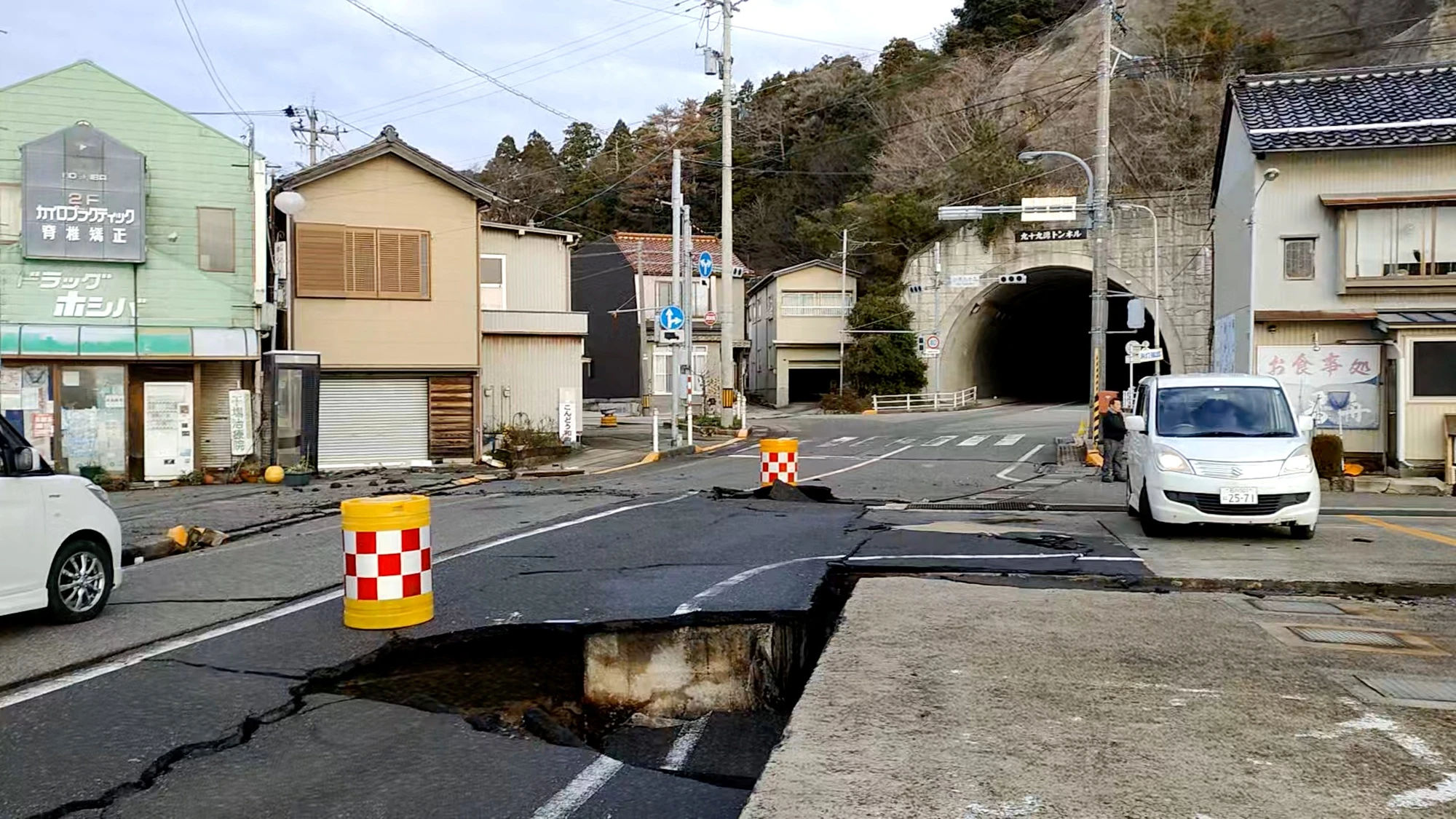
Cracked road in Noto city, Ishikawa prefecture (Japan) after the earthquake
Rescue operations are still underway in Ishikawa prefecture, the epicenter of the 7.6 magnitude earthquake. NHK reported that more people may be trapped under collapsed buildings.
In Wajima city, Ishikawa prefecture, officials said 25 houses collapsed. Firefighters were using chainsaws to cut through collapsed buildings to rescue people who may be trapped. About 200 other houses in Wajima were burned by the quake.
Japan urgently searches for earthquake survivors
In the nearby city of Suzu, more than 50 houses collapsed. Residents used objects to form an SOS sign in a parking lot in the city. Hospitals in Wajima and Suzu were treating the injured.
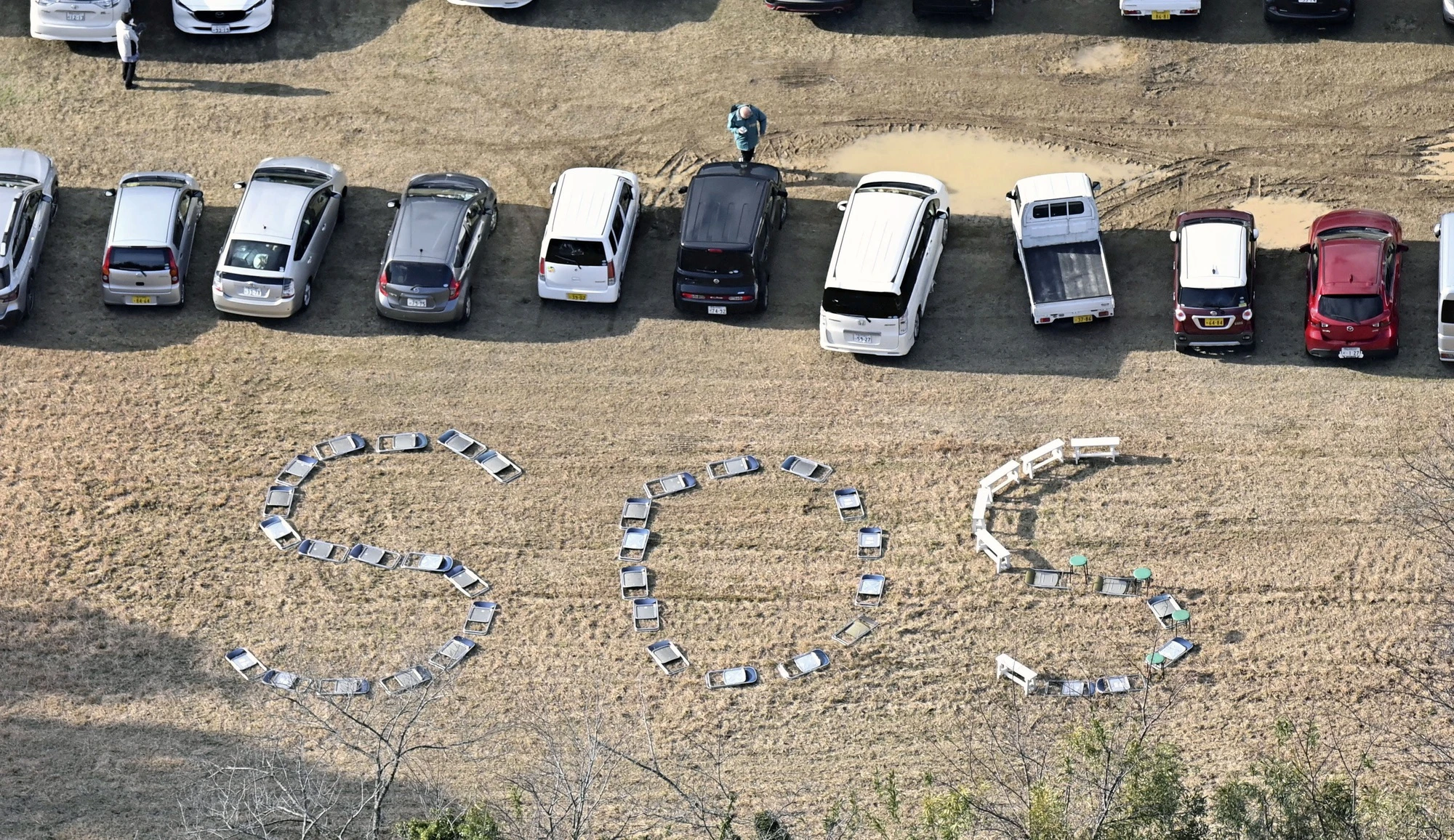
People in Suzu city use chairs to form a distress signal
Thousands of people in affected provinces are living in evacuation centers. Tens of thousands more are without electricity and water.
Authorities warned that aftershocks of similar magnitude could occur this week. Several short aftershocks have occurred in the past.
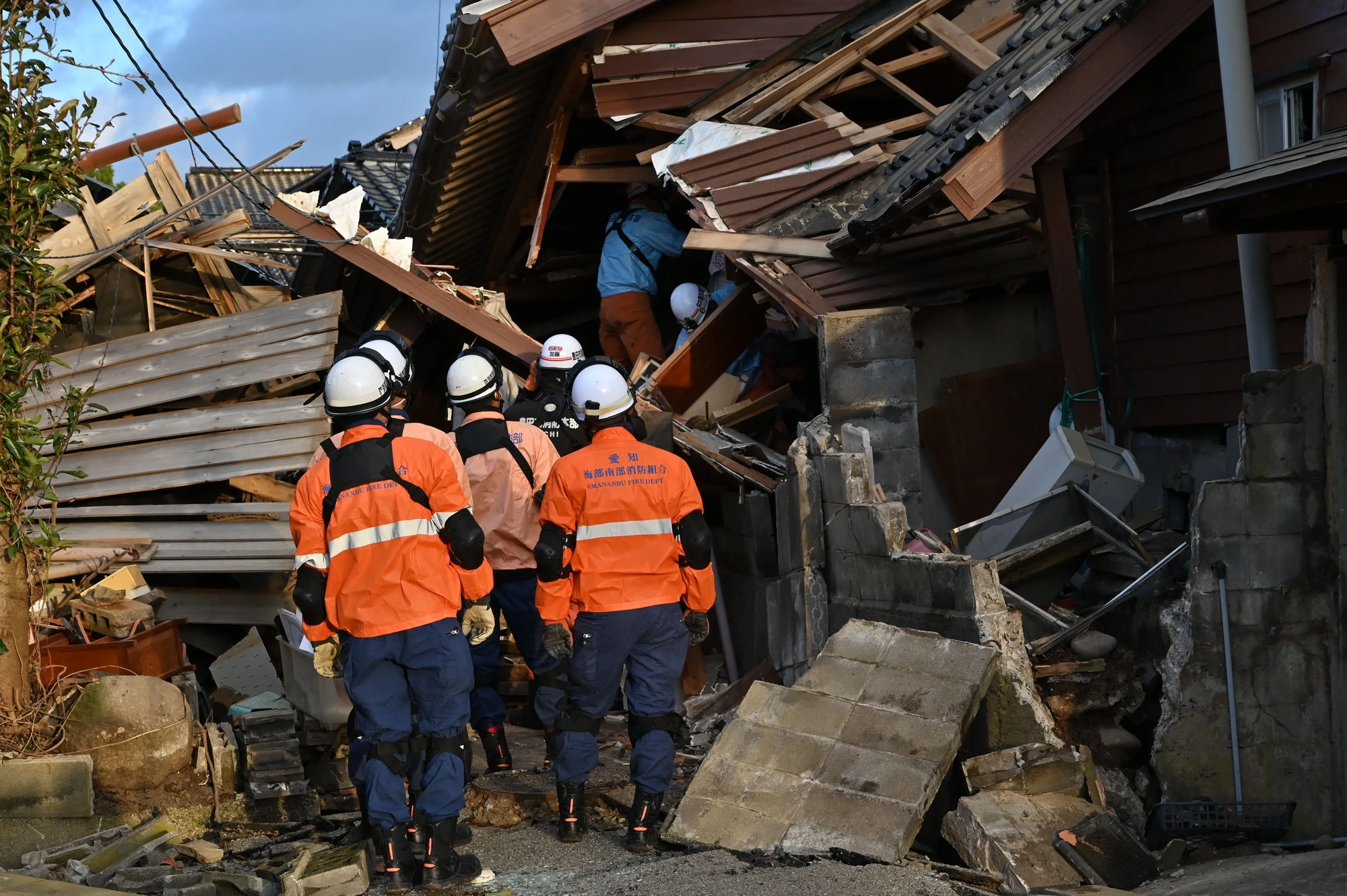
Collapsed wooden house in Wajima
On the other hand, the earthquake also caused landslides, affecting many major roads. The Japan Geospatial Information Agency (GSI) said the earthquake caused the ground in the Noto region near the epicenter to move up to 3 meters.
Kyodo News quoted a Japanese government panel as saying the fault line created by the quake could extend as far as 150 kilometers under the Noto Peninsula. Experts also warned that people should be on guard for the risk of a quake at the strongest level on the Japanese scale in the coming days.
Source link


![[Photo] Ca Mau "struggling" to cope with the highest tide of the year, forecast to exceed alert level 3](https://vphoto.vietnam.vn/thumb/1200x675/vietnam/resource/IMAGE/2025/11/04/1762235371445_ndo_br_trieu-cuong-2-6486-jpg.webp)
![[Photo] Panorama of the Patriotic Emulation Congress of Nhan Dan Newspaper for the period 2025-2030](https://vphoto.vietnam.vn/thumb/1200x675/vietnam/resource/IMAGE/2025/11/04/1762252775462_ndo_br_dhthiduayeuncbaond-6125-jpg.webp)
![[Photo] Comrade Nguyen Duy Ngoc holds the position of Secretary of the Hanoi Party Committee](https://vphoto.vietnam.vn/thumb/1200x675/vietnam/resource/IMAGE/2025/11/04/1762234472658_a1-bnd-5518-8538-jpg.webp)

![[Photo] The road connecting Dong Nai with Ho Chi Minh City is still unfinished after 5 years of construction.](https://vphoto.vietnam.vn/thumb/1200x675/vietnam/resource/IMAGE/2025/11/04/1762241675985_ndo_br_dji-20251104104418-0635-d-resize-1295-jpg.webp)
![[Photo] Ho Chi Minh City Youth Take Action for a Cleaner Environment](https://vphoto.vietnam.vn/thumb/1200x675/vietnam/resource/IMAGE/2025/11/04/1762233574890_550816358-1108586934787014-6430522970717297480-n-1-jpg.webp)


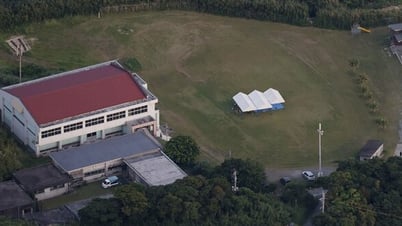

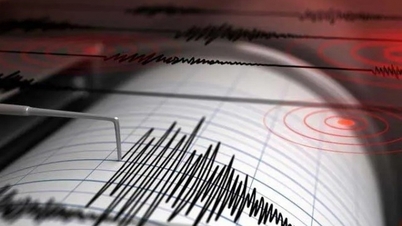




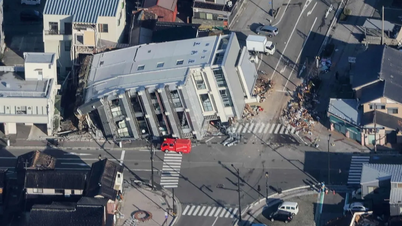



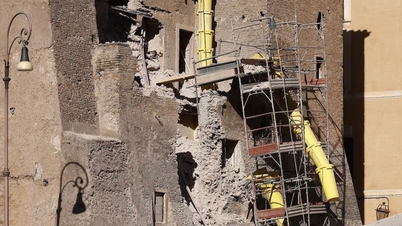
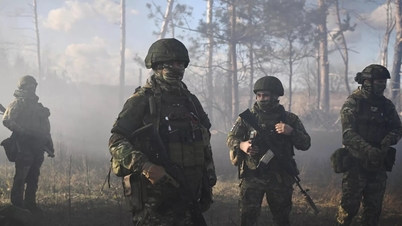



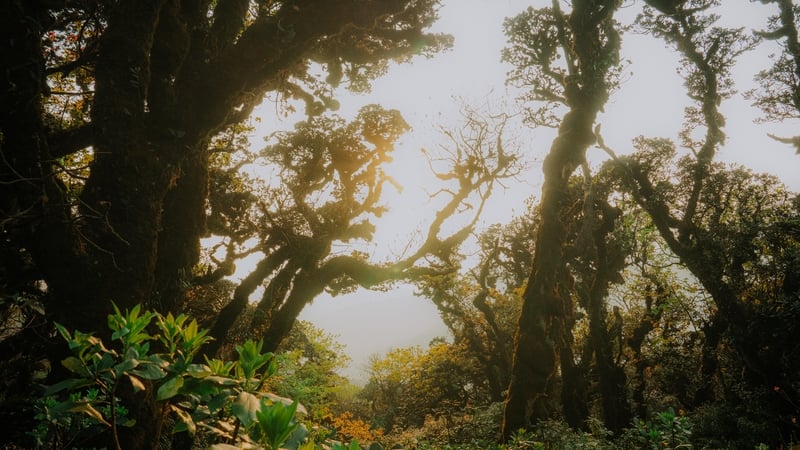
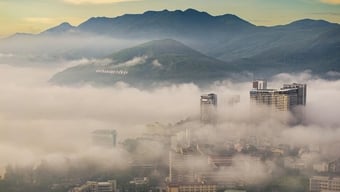






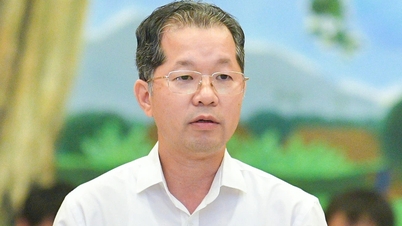



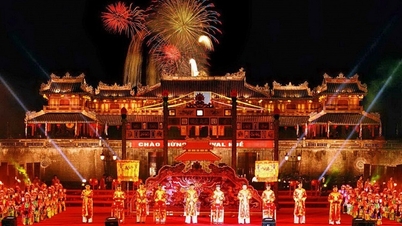

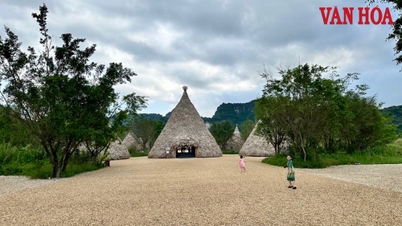

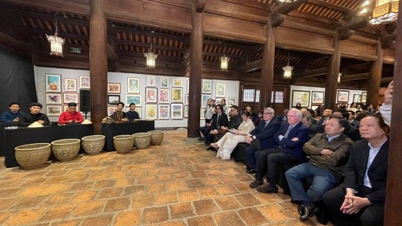






















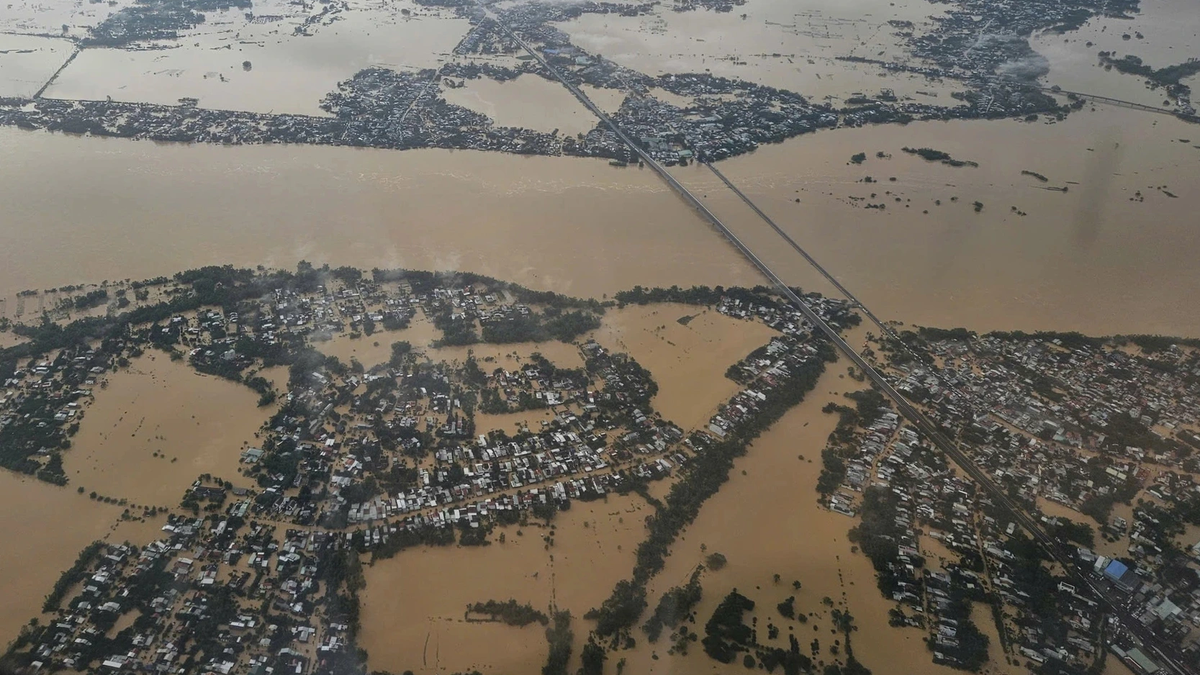
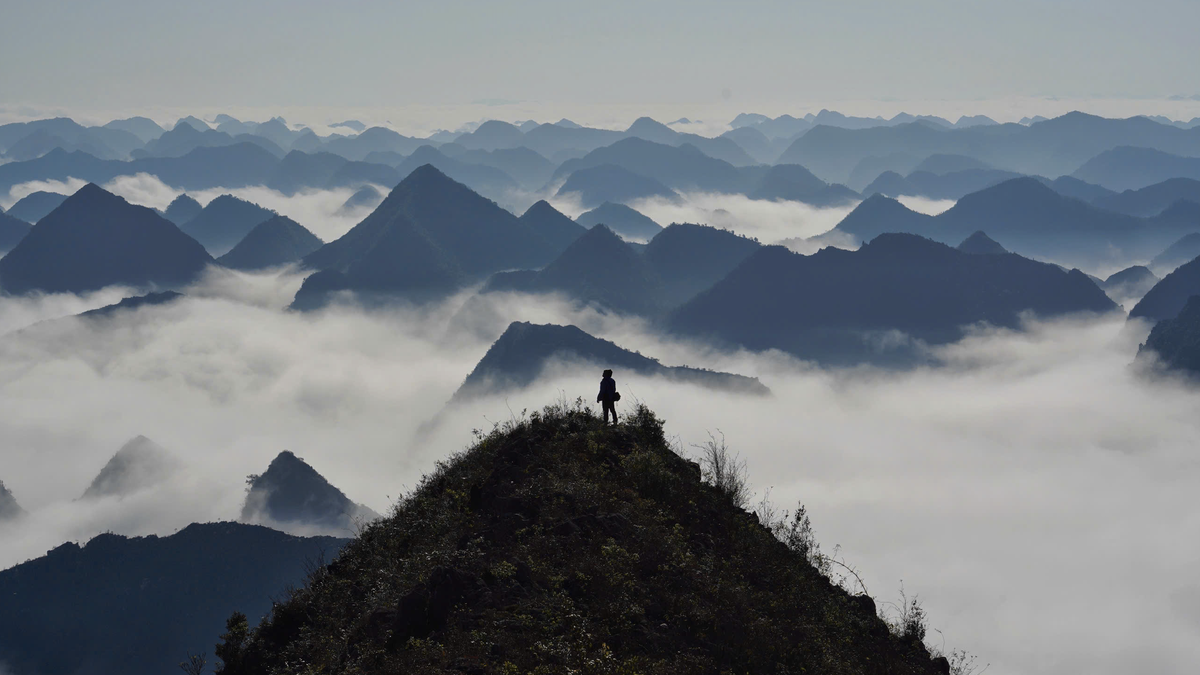
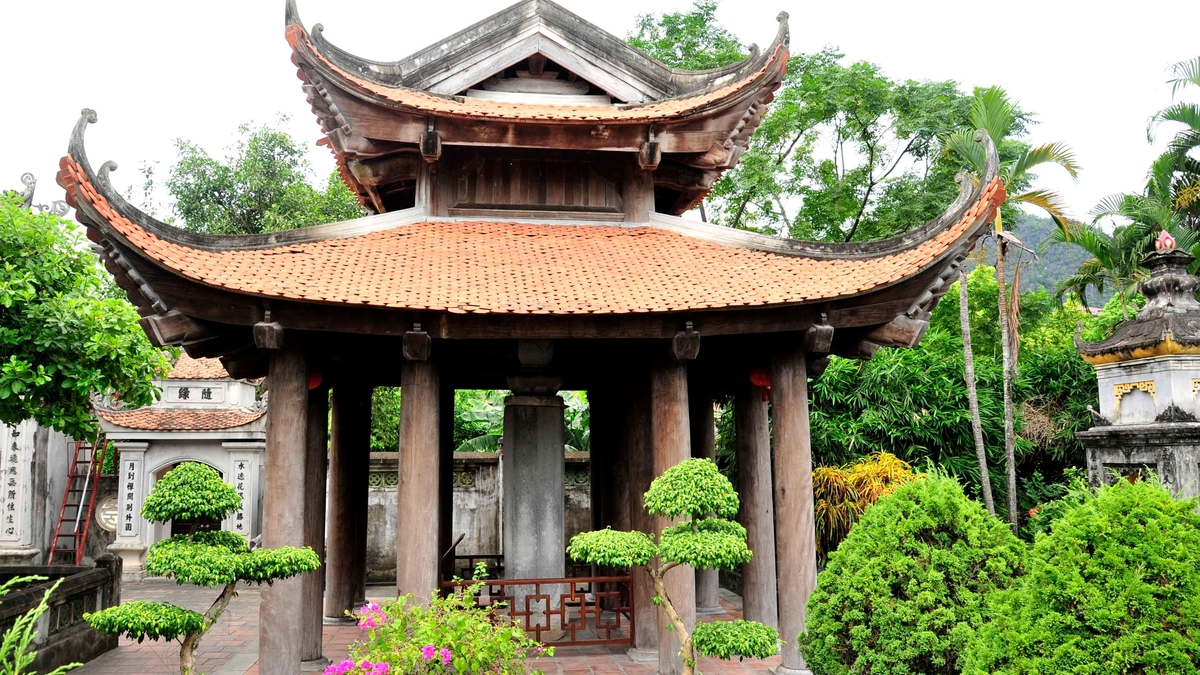
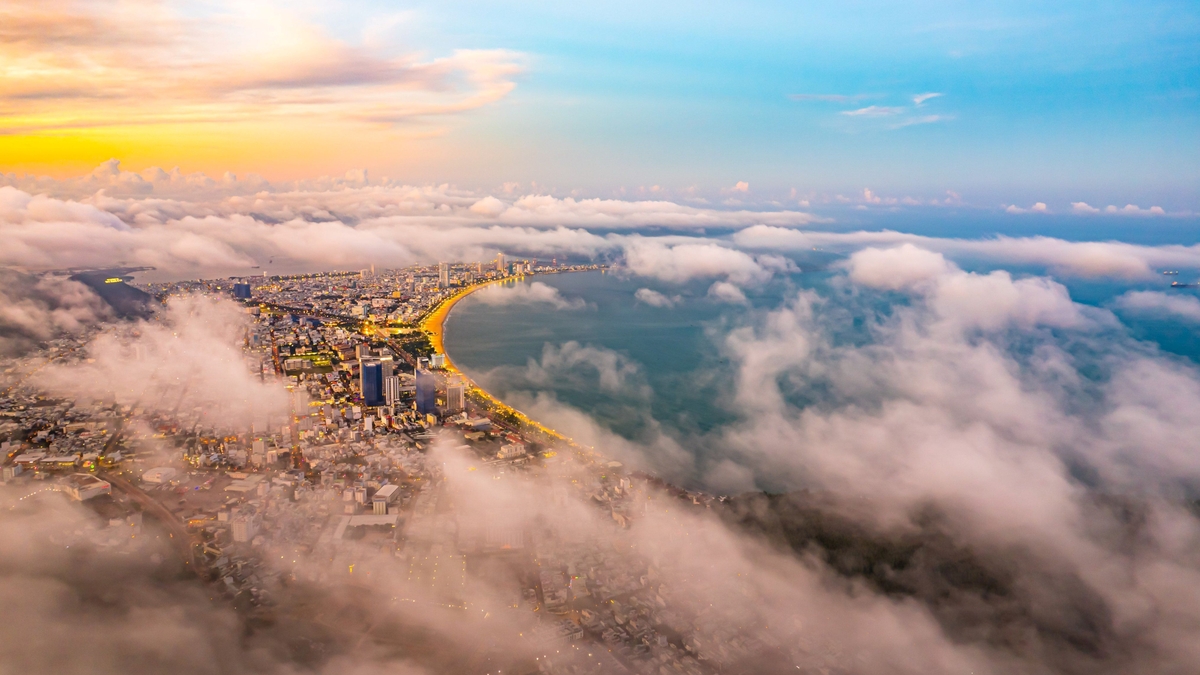

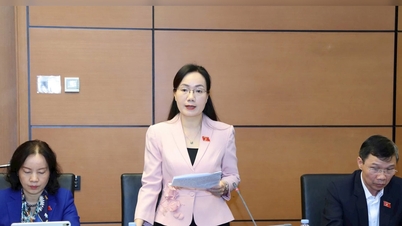



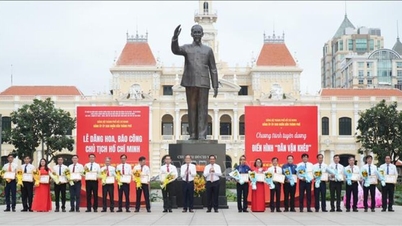










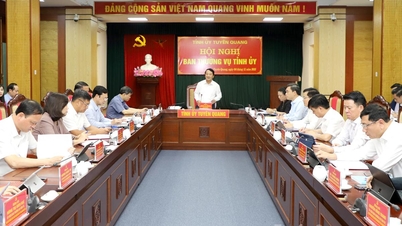

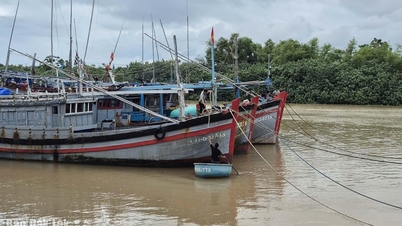





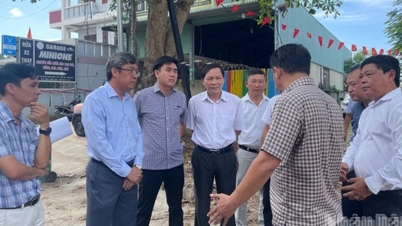




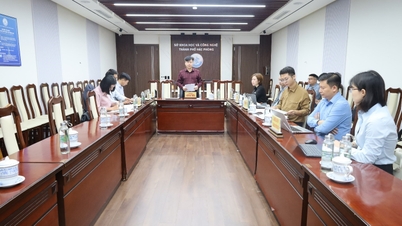








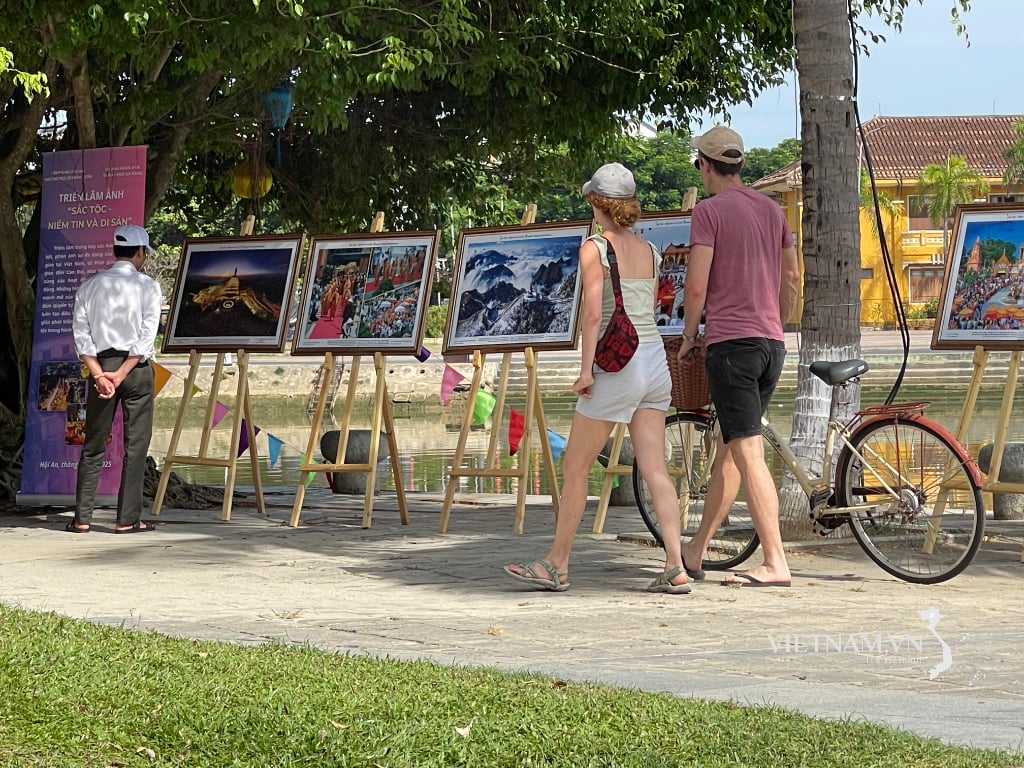



Comment (0)